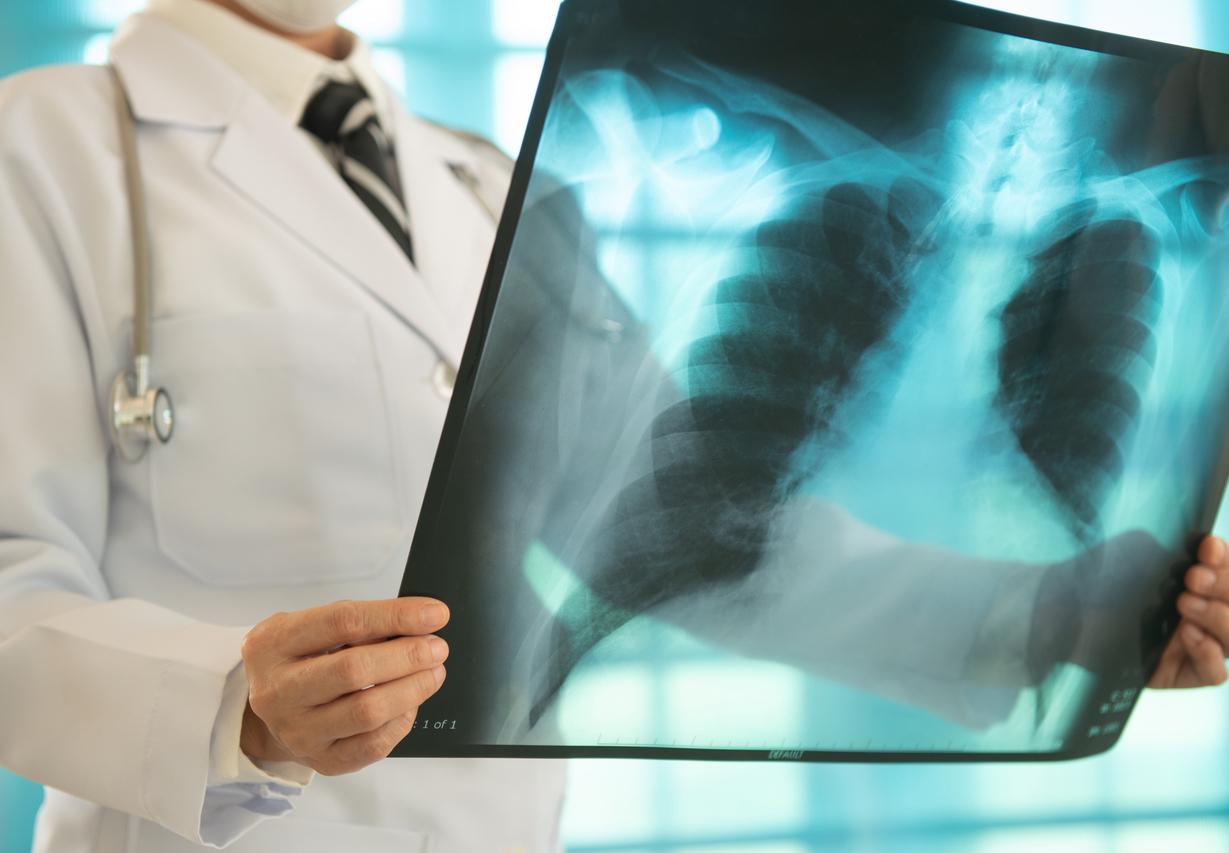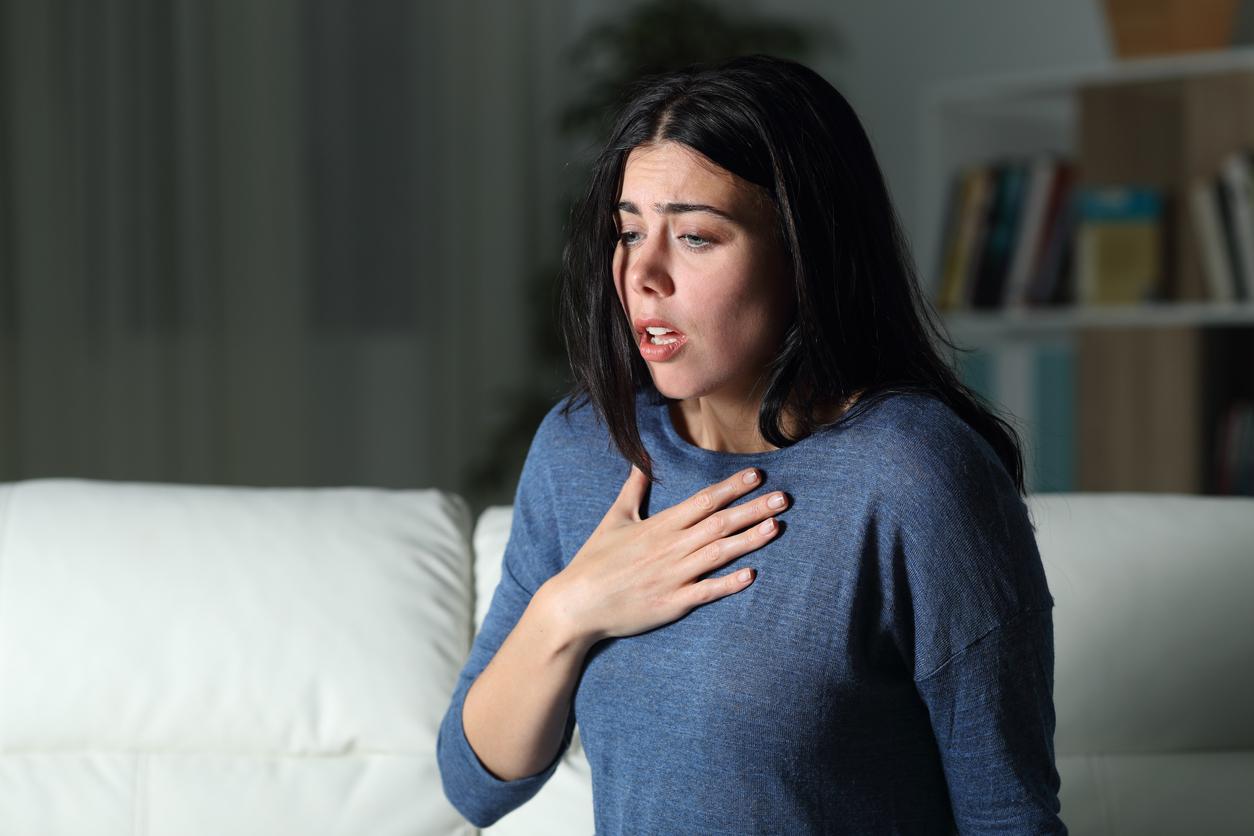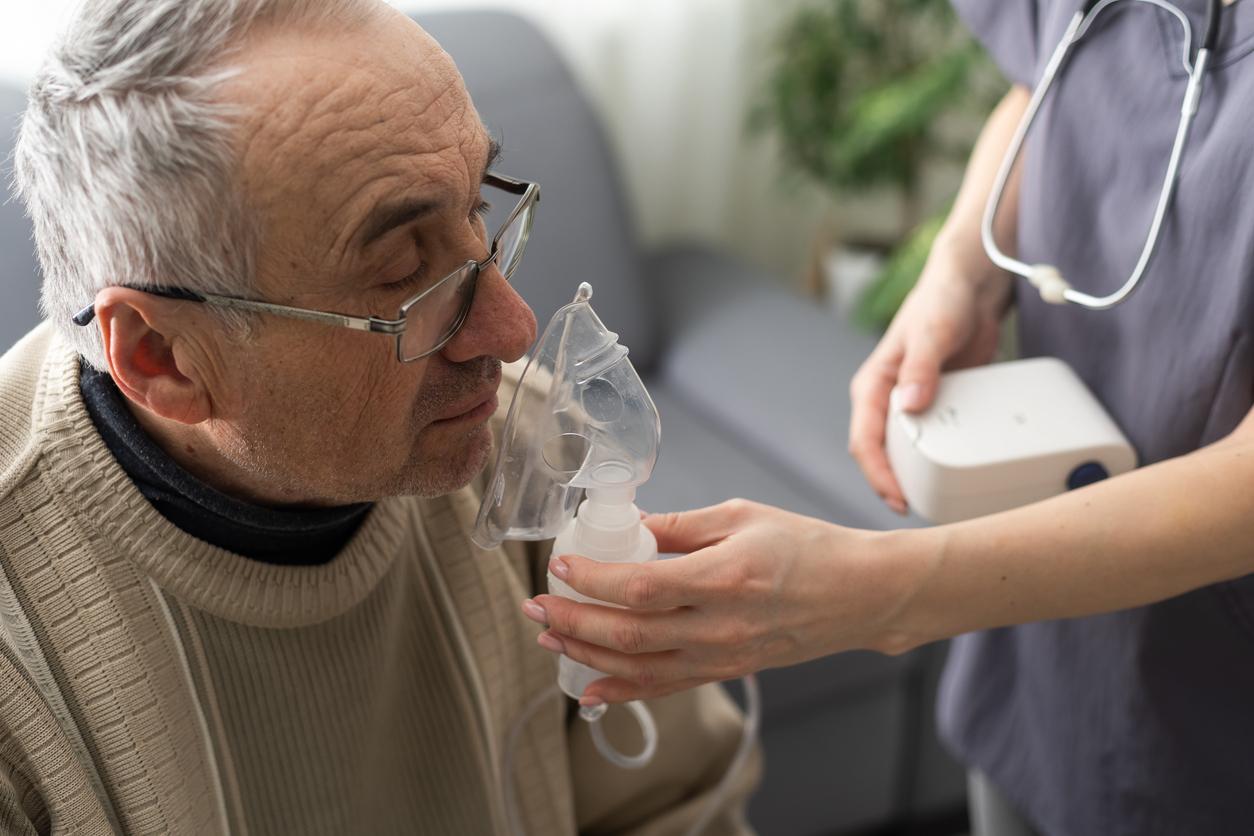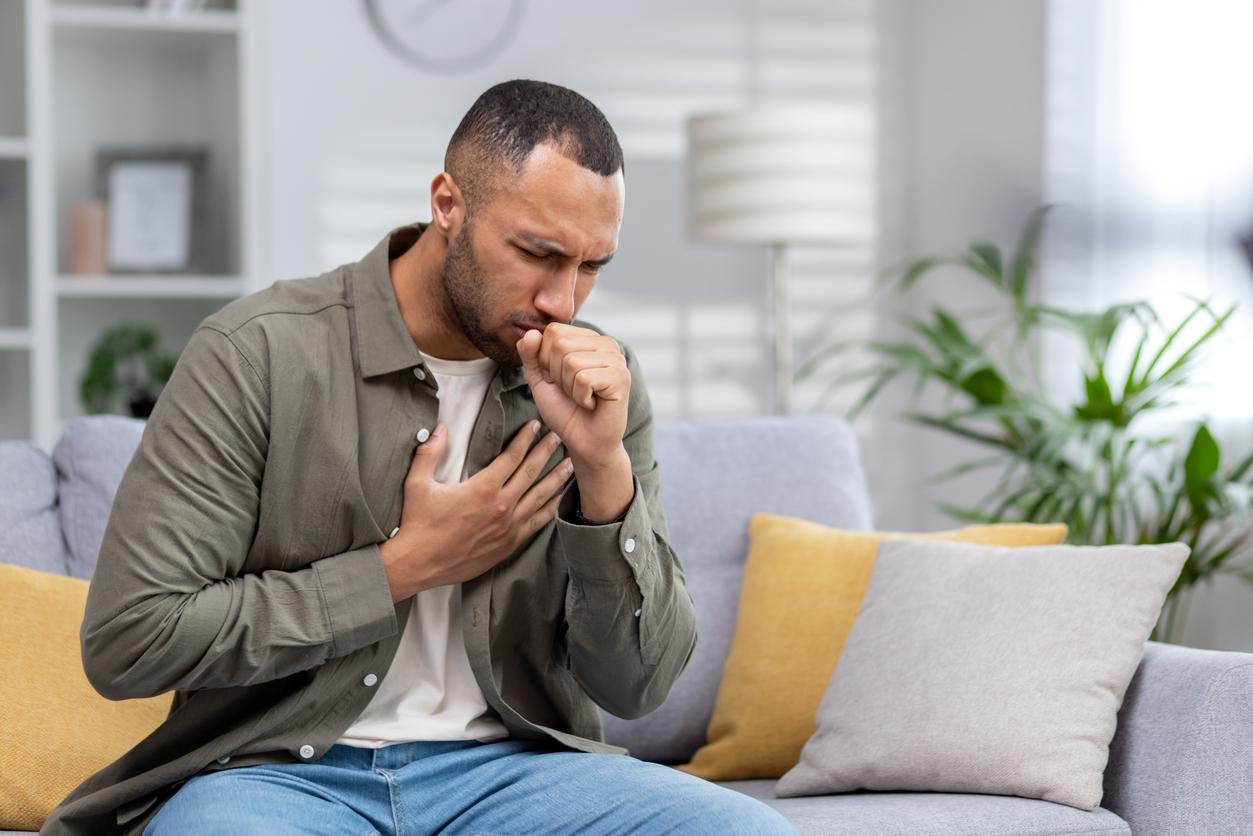
‘Movement is the best medicine’
Medical science is booming. New medicines, treatments and insights are added every year. But which ones will really make the difference? We asked five doctors specializing in cancer, heart surgery, migraine, COPD and geriatric medicine. What are they looking forward to in 2019?
Pulmonologist Jeanine Antons (46) works at Radboudumc Dekkerswald in Nijmegen, one of the five lung centers in the Netherlands
The lung disease COPD is accompanied by shortness of breath, coughing, mucus, fatigue and sometimes muscle pain. Not really ideal for going for a walk or exercise. Yet that is exactly what you can do best, according to lung specialist Jeanine Antons.
COPD is partly caused by smoking. The complaints often only start after the age of 40. Often there are several people in the family with this disease. Unfortunately, the disease is incurable. Lung tissue that is broken does not get better. The lung becomes limp and the airways constrict, making breathing more difficult. Antons: “When the COPD gets worse, you can suffer from a so-called lung attack that can last from days to weeks. The trick is to prevent those lung attacks as much as possible. Some patients have regular lung attacks, others rarely. It is a matter of bad luck or luck, but it can also be influenced by various factors. This makes COPD more stable in people who stop smoking.”
Smoking cessation is therefore very important in COPD, as is a healthy diet and going to the doctor on time when you are sick. In recent years, pulmonologists have discovered that exercise also works well to make the symptoms more stable. “Training muscle strength improves endurance. For many COPD patients, sufficient and appropriate exercise is a way to prevent aggravation of the disease and a lung attack,” according to Antons.
Set goals that are achievable
That’s easier said than done when you’re tired and stuffy. Antons: “It is very frustrating to set a goal that then turns out to be unattainable. That is why we provide tailor-made training. People who are too ill for running training can still improve their condition by training with weights. We also know that the duration and pace at which you move are important. During training sessions we keep a close eye on whether people are taking in enough breath and whether there is enough oxygen in their blood.”
This article originally appeared in Plus Magazine January 2019. Not yet a Plus Magazine subscriber? Becoming a subscriber is done in no time!















